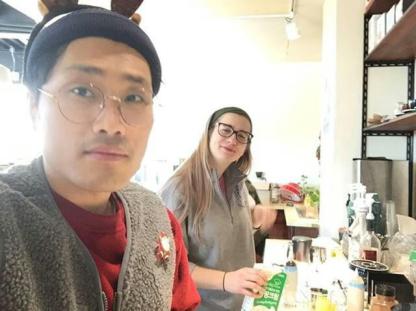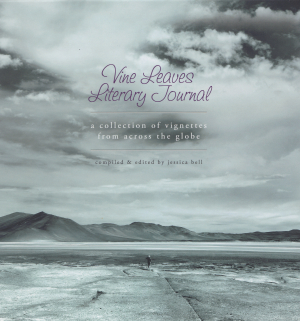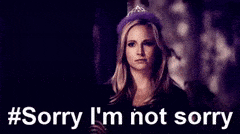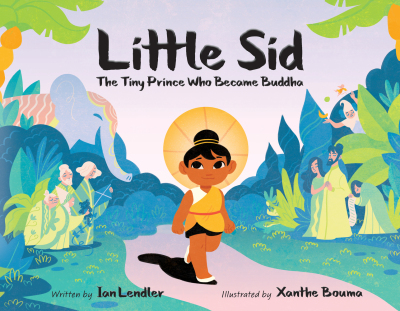Cruise around Juneau on most any day, and chances are good that you’ll see something interesting or beautiful or both—things you can enjoy without driving into the ditch!). For instance, as pleasant relief from our customary shades of green and gray, there are the blue lupines and forget-me-nots and the creamy elderberry flowers.
At the end of May this year (a late, late spring), the shooting stars were finally coming into gorgeous bloom in the meadows between Freddie’s and the Lemon Creek junction. Look for swathes of pink flowers amid all the burgeoning greenery. And perhaps consider that these flowers, with their reflexed petals and all the reproductive parts hanging out in front, are pollinated by bumblebees. The bees land on the flower and buzz, so the pollen is shaken out onto the bees. Although the bees take some of the pollen home to feed their offspring, some of the pollen is transferred to the next shooting stars that the bees visit, and those flowers can then set seed.
You might see a gang of ravens rototilling a patch of mown grass. They dig up the old grass and the soil surface, leaving tufts of dry grass all around. There must be some kind of grub or worm that attracts all this attention. I’ve seen similar activity in other places, sometimes by crows. Robins too will rototill patches of moss. I’d love to know what they’re searching for!
 Photo by David Bergeson
Photo by David Bergeson
We often see deer and porcupines grazing along our roads, and sometimes flocks of siskins or crossbills come down to get grit or salt. But it’s bears that generate the most excitement from folks that are passing by. We can see roadside bears in several places, but possibly the most common area for bear-spotting is the ‘new’ Auke Bay by-pass.
Bears often come to forage on greens, such as dandelions, that grow alongside the roads, and they are fun to watch and photograph. However, there are two unfortunate side effects of this attraction. One is tha numerous cars may line up at the edge of the road, creating what is known as a ‘bear jam.’ This becomes a traffic hazard, with open car doors and people walking around, paying more attention to bears than to traffic.
The second unfortunate side effect is that over-eager photographers often crowd the bears, which can make the animals nervous. A nervous bear is unpredictable and may try to swat or charge a person that comes too close, perhaps leading to human injury. Injury to a human—even when the human brought the injury upon itself—sometimes results in (unfair) lethal action against the bear. Or possibly a nervous and annoyed bear might suddenly bolt across the highway, maybe with cubs in tow, and become a traffic casualty. Obviously, the bottom line is “Give the bears their space!”
Even whales can be seen from some of the highway pullouts (there are not many places in the world where you can do that!). When you see a humpback whale, consider that it feeds on small fish such are herring, which feed on krill and copepods (small invertebrates, which eat plankton)—and the phytoplankton (microscopic floating algae) get much of their nutrition from nutrients washed down in the streams from the forest, rocky peaks, and glaciers. In a sense, the rich foraging for whales that come here mostly in summer is provided, partially but ultimately, from the forests, muskegs, and glaciers.
Some roadside places offer good spots for watching ducks and gulls and maybe American dippers, as they forage and loaf around. Sheep Creek delta is one such place, for example, with pullouts right near the bridge.
Share this:




